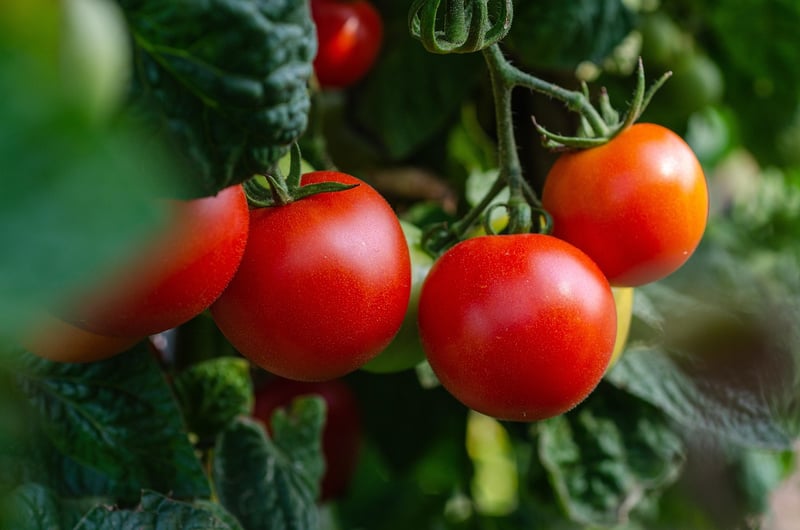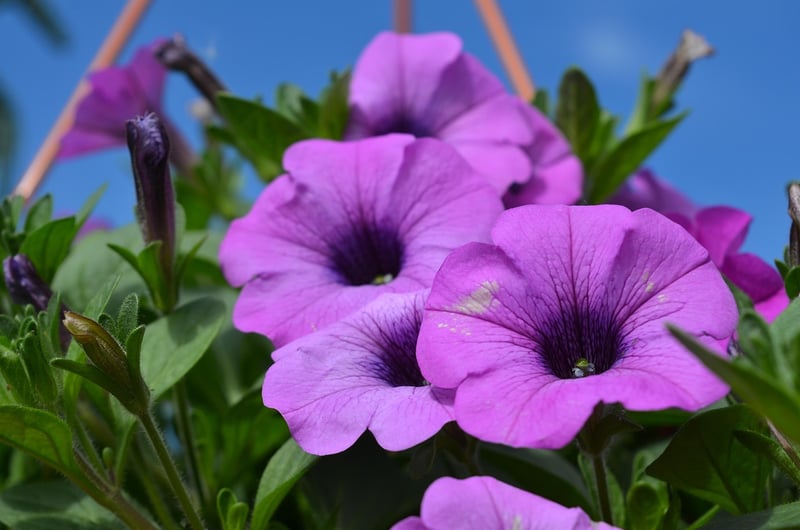DIY Vertical Gardens
Vertical Gardening Techniques
Vertical gardening is a fantastic way to maximize your gardening space, especially if you have limited area or want to add some greenery to a small space. Not only does it allow you to grow a variety of plants in a compact area, but it also adds a visually appealing element to your home or garden.
Benefits of Vertical Gardening
- Utilizes space efficiently
- Improves air quality
- Creates a visually appealing environment
- Easy access for planting, watering, and harvesting
- Reduces pests and diseases
Vertical Gardening Techniques
There are various techniques you can use to create your own vertical garden:
1. Vertical Garden Wall
Attach planters to a wall or fence to create a vertical garden. You can use a variety of containers like pots, hanging baskets, or wall-mounted planters to grow your plants.

2. Trellis Gardening
Install a trellis or lattice against a wall or in the ground to support climbing plants like tomatoes, cucumbers, or beans. This technique is great for vining plants that need support to grow.

3. Hanging Gardens
Hang planters from a ceiling, pergola, or balcony railing to create a hanging garden. This technique is perfect for trailing plants like petunias, ivy, or ferns.

DIY Vertical Gardens
If you're feeling crafty, here are some DIY vertical garden ideas you can try:
- Repurpose a pallet into a vertical garden by attaching planters to the slats.
- Create a ladder garden by leaning a wooden ladder against a wall and placing pots on each step.
- Build a PVC pipe tower garden by stacking and securing PVC pipes horizontally and planting in the openings.
- Make a hanging gutter garden by suspending gutters horizontally and planting herbs or small vegetables.
Vertical gardening is a fun and creative way to bring greenery into any space. Whether you choose to buy a ready-made vertical garden system or create your own DIY version, vertical gardening is sure to add a touch of nature to your surroundings.
